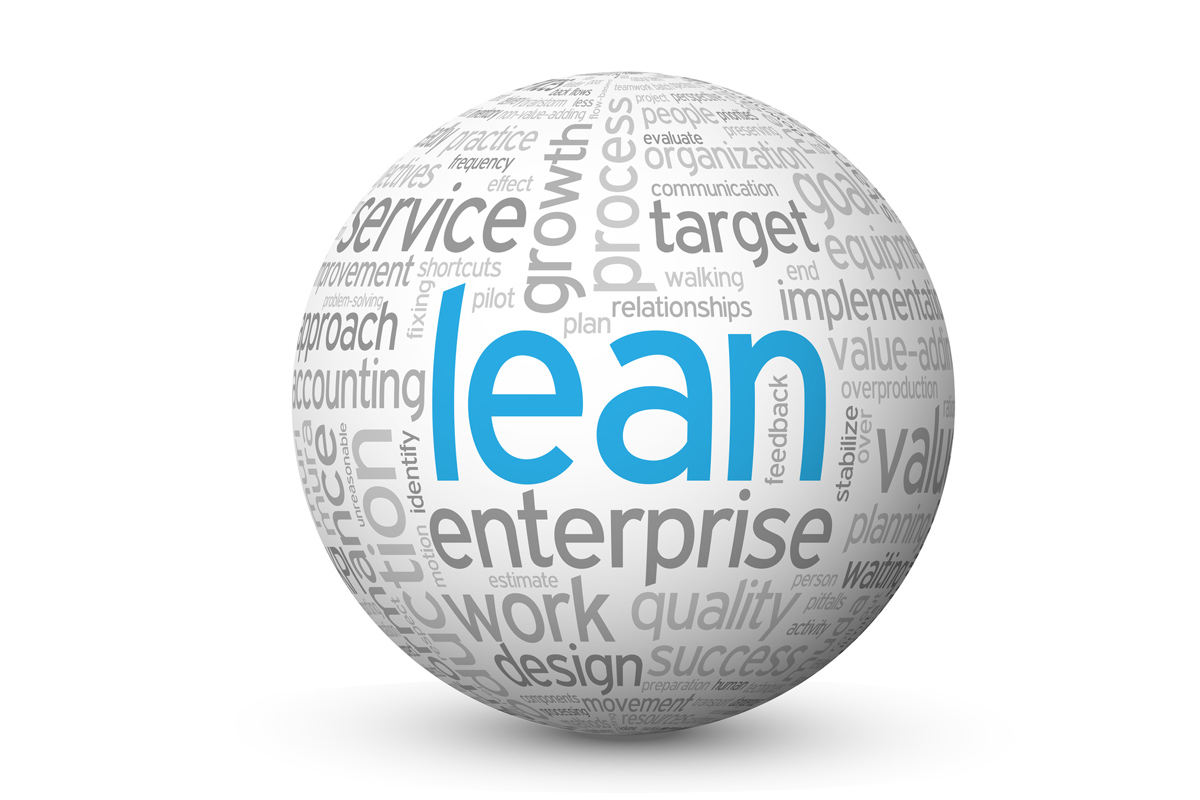Lean Concepts

Lean is a business philosophy and management system that was mostly associated with automobile manufacturing. Lean principles are derived from the Japanese manufacturing industry over 50 years ago, closely associated with Toyota Production System (TPS). The term ‘Lean’ was coined in the 90s. Lean thinking continues to spread to various industries, including accounting, logistics, distribution, project management, healthcare, travel industry, and information technology.
Lean is appealing to most organisations for its simplicity, adaptability, and cost-effectiveness.
Lean fundamentally focuses on ‘Maximizing Value and Minimizing Waste’.
‘Value’ in terms of Lean is what the customer is willing to pay for. ‘Waste’ is of various types that do not add any value to the final product or service. This simple approach in Lean emphasizes two fundamental elements to any business to exert their energy only to the important activities that are valued by the customers, and eliminate or minimize those that are not required.
Generally in a value stream, 80% or more of the activities are waste which can be eliminated, or alternatively stabilised, simplified, standardised or automated. The value addition to the product or service is determined based on the following conditions:
- Changes the state of the product
- Customer is willing to “pay” for it
- Getting it done right the first time
In general, most of improvement efforts are focused on improving the value added-activities to make it faster and more efficient, which is a small percentage in the total Value Stream. Whereas Lean focuses on ‘Non-Value Added’ activities, where opportunities are many and fairly easier to achieve compared to the improvement on Value-Added activities.
Improvement to any process could be of two methods: either add and improve or remove and improve; Lean prefers the later. Leonardo da Vinci said “Simplicity is the ultimate of sophistication”; that is exactly what Lean does, by simplifying before capital.
Lean focuses on value stream that impacts QCD (Quality, Cost and Delivery). Quality’s main focus is doing it right the first time, by training, standardizing, systematic root cause analysis, and mistake proofing. Cost is minimized by minimizing re-work, minimizing inventory, improving quality, and eliminating/minimizing Non-Value Added activities. Delivery is improved by minimizing re-work, improving flow, and minimizing inventory.
Lean improvements are driven based on the following five principles:
- Identify Value: The value to the customer
- Improve Value Stream: By eliminating waste
- Maintain flow: Improving flow by minimizing inventory and eliminating batching
- Pull through the system: Produce only on customer demand
- Perfection: An aspiration to achieve perfection with continuous improvement.


